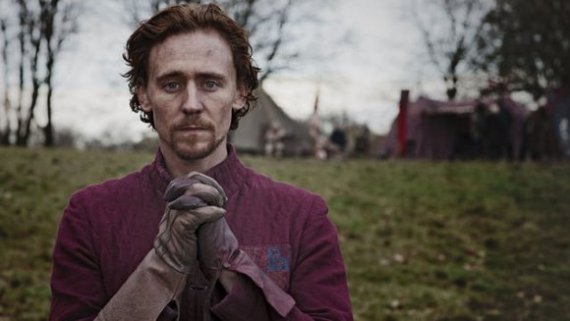 There’s something truly special about Shakespeare’s The Globe, the Sam Wannamaker inspired theatre that sits like something from a model village on London’s South Bank, dwarfed by the modernist Tate next door.
There’s something truly special about Shakespeare’s The Globe, the Sam Wannamaker inspired theatre that sits like something from a model village on London’s South Bank, dwarfed by the modernist Tate next door.
Open to the elements, and London’s non-stop flight path, there’s no set, the costumes look like RSC cast-offs and the cast are (rarely) big Hollywood names. But within its circular walls, Shakespeare never sounds so alive, nor so relevant in these intimate surroundings. And the comedy, even in a blood soaked history like Henry V, always works so nicely as the actors play into the hands of the groundlings that stand transfixed in front of the stage . You do get a real sense of what it would have been like in Shakespeare’s day, with a (slightly) less stinky crowd and added helicopters.
The Globe’s Henry V season has just finished, picking off where it ended two years ago with Henry IV Parts 1 and 2. Henry V seems to be the big Shakespeare play of the year – Tom Hiddleston’s played the Prince turned King in BBC’s Hollow Crown series that ended this weekend while Jude Law (who was there doing some research the night I was there) is stepping into the breach later this year as part of a season of plays at Noel Coward Theatre.
At The Globe this season, Jamie Parker returned as the grown up Harry to lead the English army into battle under the shadow of Agincourt castle. It’s a stirring play that, as many commentators have noted, is particularly apt in this flag-waving year– but it has an emotional, almost moral, depth that both Parker and Hiddleston highlighted. Parker, perhaps wary of the big names who’ve gone before him took the bombastic element out of the big speeches. I quite liked this played down approach, and the BBC’s version took the same path with the ‘St Crispin Day’ speech, choosing to have Henry address an intimate crowd of Lords rather than the whole army. This more personal approach drew out the emotion, the horror of war, and highlighted the play’s Henry-as-a-normal-man theme that dragged the story out of history with a present day humanity. But as good as the performances and staging were in The Hollow Crown, nothing quite beats watching Shakespeare under the stars with actors battling against the planes and elements.
by Suzanne Elliott
